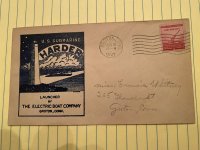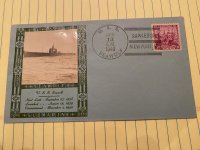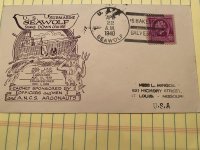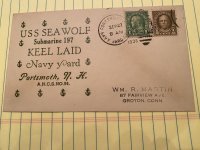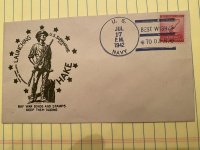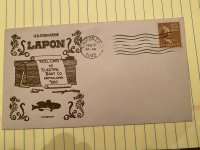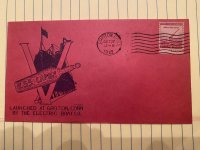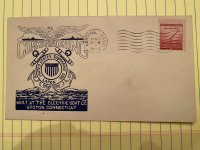Wreck of America’s most lethal World War II sub found near the Philippines | Stars and Stripes
An organization on a quest to find and memorialize all 52 U.S. submarines lost during World War II has located the wreck of the USS Harder, a sub credited with sinking the most enemy warships during that conflict.
The Naval History and Heritage Command confirmed the wreck site using data collected and provided by Tim Taylor, the CEO of Tiburon Subsea and The Lost 52 Project, according to a command news release Thursday.
...The sub completed six successful patrols in just over a year before it was last seen off the coast of Luzon, Philippines.
...On its fifth patrol, regarded as its most successful, Harder sank three Japanese destroyers and heavily damaged two others, all over the span of only four days.
...Japanese records state that on Aug. 24, 1944, Harder fired three torpedoes at escort ship CD-22, which it evaded, the Heritage Command said.
The escort ship then dropped a series of depth charges in Dasol Bay, Luzon. The fifth depth charge attack is believed to have sunk Harder, the Heritage Command said.
The Navy declared Harder, along with its crew of 79, to be presumed lost in January 1945. The sub was awarded the Presidential Unit Citation for its first five patrols.
Harder’s commander, Samuel D. Dealey, received the Navy Cross four times while commanding and was posthumously awarded the Medal of Honor.
An organization on a quest to find and memorialize all 52 U.S. submarines lost during World War II has located the wreck of the USS Harder, a sub credited with sinking the most enemy warships during that conflict.
The Naval History and Heritage Command confirmed the wreck site using data collected and provided by Tim Taylor, the CEO of Tiburon Subsea and The Lost 52 Project, according to a command news release Thursday.
...The sub completed six successful patrols in just over a year before it was last seen off the coast of Luzon, Philippines.
...On its fifth patrol, regarded as its most successful, Harder sank three Japanese destroyers and heavily damaged two others, all over the span of only four days.
...Japanese records state that on Aug. 24, 1944, Harder fired three torpedoes at escort ship CD-22, which it evaded, the Heritage Command said.
The escort ship then dropped a series of depth charges in Dasol Bay, Luzon. The fifth depth charge attack is believed to have sunk Harder, the Heritage Command said.
The Navy declared Harder, along with its crew of 79, to be presumed lost in January 1945. The sub was awarded the Presidential Unit Citation for its first five patrols.
Harder’s commander, Samuel D. Dealey, received the Navy Cross four times while commanding and was posthumously awarded the Medal of Honor.
Attachments
Last edited:


